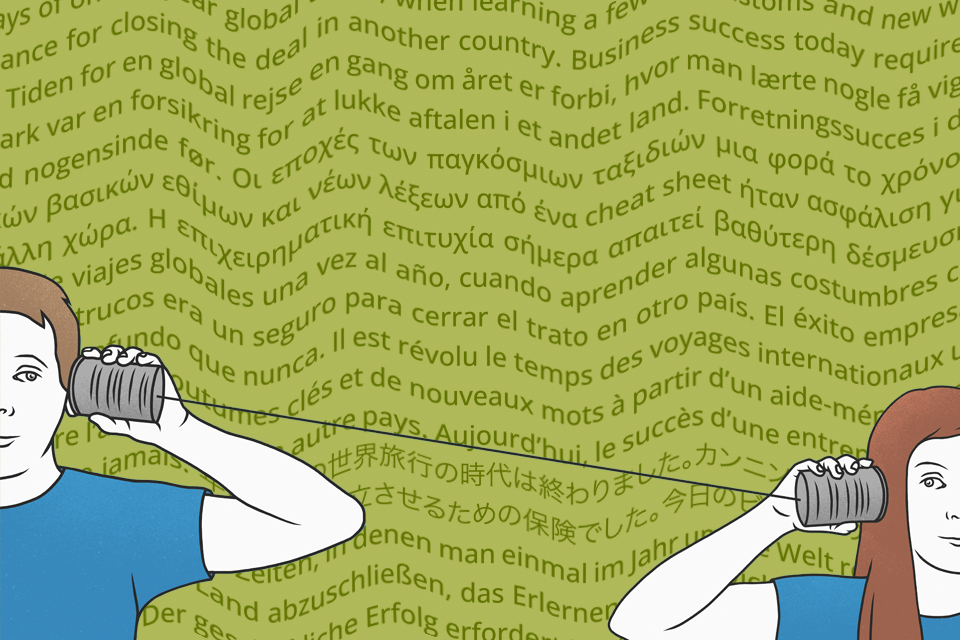How to leave your comfort zone and build global business relationships

Photo Credit: Getty Images
By Laura Gardner
March 5, 2024
Like most people, Brandeis International Business School professor Andy Molinsky would vastly prefer to stay inside his comfort zone than step outside of it. In other words, he’s much more comfortable avoiding the limelight and not taking the proverbial “leap.”
That’s why he decided to focus his career on researching and teaching strategies to help people and organizations work and live outside of their personal and cultural comfort zones. Over the last 15 years, Molinsky has written several books focused on intercultural relationship building — connecting and thriving outside of one’s comfort zone in a globalized workforce.
His newest book, “Forging Bonds in a Global Workforce” (McGraw Hill, 2024), shows how workers, executives, and leaders can connect across cultures, cultivating trust and strong relationships with “customers, colleagues, and partners in today’s hyper-globalized, digitized work world,” according to Molinsky’s website.
Here, Molinsky separates myth from reality regarding intercultural relationship building.
Myth #1: The country a person comes from is the main driver of their values, behaviors, and beliefs.
Reality: Many factors beyond national culture influence a person’s values, behaviors, and beliefs. People are influenced by their cultural background but are also able to creatively adapt and adjust their behavior in a new culture.
Myth #2: Building relationships in a foreign culture is mainly about avoiding mistakes.
Reality: Building relationships in another culture is about building a sense of trust and rapport so that mistakes don’t matter as much (and can even be learning opportunities).
Myth #3: Being effective in a foreign culture is about adjusting to that culture’s norms for behavior, i.e., “When in Rome, act Like the Romans.”
Reality: Being effective in a foreign culture is about creating a blend or hybrid between your own style and that new culture’s norms — something that fits you and fits the situation you’re in.
Myth #4: The key to successful relationship building across cultures is to “just be yourself.”
Reality: Being yourself is certainly important, but so too is learning to appreciate how the relationship building “code” in another culture might differ from your own — and then, if called for, adapting your behavior and mindset accordingly.
Myth #5: The greatest barrier to relationship building across cultures is saying or doing the wrong thing.
Reality: The greatest barrier to relationship building across cultures is failing to find and focus on areas of commonality and connection
Myth #6: You have to really do your homework and master the dos and don’ts before trying to build relationships with people from another culture.
Reality: You aren’t working with a “culture” — you’re working with a specific person — who may — or may not — be characteristic of your predictions or expectations. So do your homework, but also assume your homework could be wrong.


